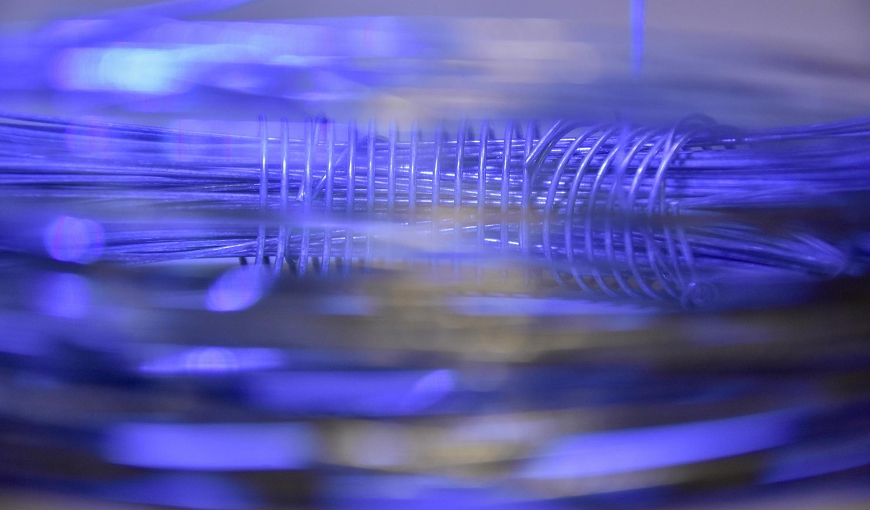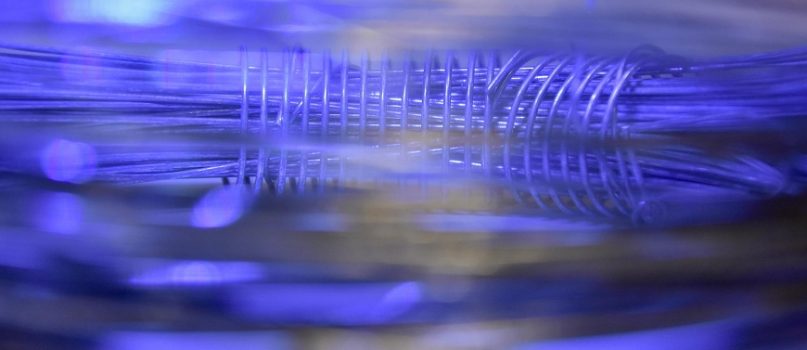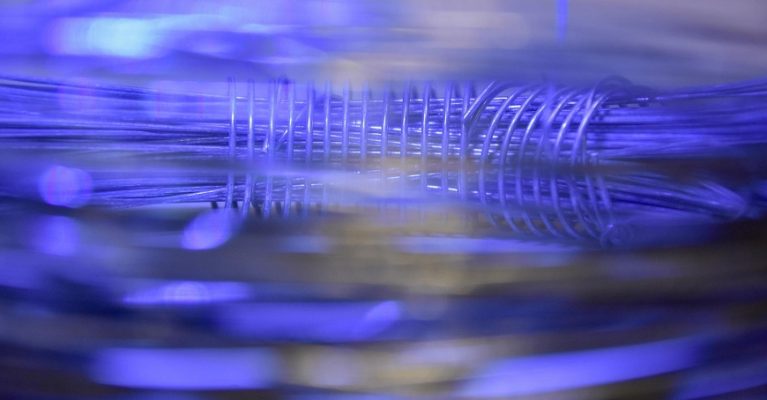Whether you're running a small office, a mid-sized operation, or a large enterprise, the quality of your internet connection can make or break productivity, customer satisfaction, and your ability to scale. Not all internet services are created equal—especially when it comes to business use. Below, we compare the most common types of internet connectivity: Cable, Aerial Fiber, Underground Fiber, and Satellite.
- Speed & Performance
- Cable Internet: Offers fast download speeds, but upload speeds often lag—potentially impacting cloud backups or video conferencing.
- Aerial Fiber: Delivers symmetrical, ultra-fast speeds, which are essential for modern collaboration tools and high data transfers.
- Underground Fiber (Clear Winner): Like aerial fiber, it offers symmetrical, lightning-fast speeds—without the vulnerabilities of above-ground lines.
- Satellite: Often inconsistent with slower speeds and upload delays. Weather and distance to the satellite can also cause issues.
- Network Reliability
- Cable: Prone to slowdowns during peak hours and outages due to shared lines.
- Aerial Fiber: Reliable but can be affected by weather or physical damage to poles.
- Underground Fiber: Top-tier reliability, protected from the elements and physical interference.
- Satellite: Weather disruptions and signal delays are common.
- Scalability
- Cable: Best for small-scale operations. It struggles with bandwidth as demand increases.
- Aerial Fiber: A good middle ground for growing businesses in suburban or rural areas.
- Underground Fiber: The gold standard for businesses planning long-term growth or requiring robust data handling.
- Satellite: Not ideal for scaling due to limited bandwidth and high latency.
- Downtime & Risk
- Cable: Shared infrastructure increases chances of network slowdowns or downtime.
- Aerial Fiber: Some vulnerability to external elements, but more consistent than cable.
- Underground Fiber: Minimal risk thanks to redundant systems and buried infrastructure.
- Satellite: High downtime risk from weather and orbital issues.
- Uploads, Latency, and Security
- Upload Speeds: Only fiber (aerial and underground) offers symmetrical uploads.
- Latency: Underground and aerial fiber have the lowest latency—ideal for VoIP, remote desktops, and real-time collaboration.
- Security: Underground fiber offers the most secure setup. Cable and satellite connections are more vulnerable to breaches or service interruptions.
- Installation and Support
- Cable: Quick to install but may lack robust customer service or SLAs.
- Aerial Fiber: Takes more time, but most providers offer service-level guarantees.
- Underground Fiber: Slightly longer installation, but the payoff in reliability and performance is worth it.
- Satellite: Fast setup but limited by satellite alignment and geographic visibility.
- Best Fit By Business Type
- Cable Internet: Suitable for small offices with light internet use like email, web browsing, and cloud-based apps.
- Aerial Fiber: Ideal for mid-sized businesses needing reliable speeds and rural locations without underground infrastructure.
- Underground Fiber: The top choice for businesses that demand maximum uptime, security, and performance—perfect for healthcare, finance, data centers, and enterprise operations.
- Satellite: Best for extremely remote areas where no wired connection is available.

The Bottom Line
When choosing the best internet connection for your business, think long-term. Underground fiber may require a moderate investment upfront, but it provides unmatched performance, scalability, and peace of mind. If you’re serious about growth, reliability, and staying ahead of the digital curve, the decision is clear.
Looking for expert guidance on getting started with business-grade fiber internet? Contact our team today.




